The Niagara Escarpment Parks and Open Space System (NEPOSS) consists of more than 163 parks and open spaces on public land owned and/or managed by conservation authorities, municipalities, Ontario Parks, Royal Botanical Gardens, the Bruce Trail Conservancy, Ontario Heritage Trust, Parks Canada and other conservation organizations capable of managing land in the public interest.
NEPOSS strives to protect the Escarpment’s significant natural and cultural heritage resources while providing opportunities for compatible recreation and development. The Bruce Trail is the common linkage connecting most of the parks and open spaces.
NEPOSS and its policies are set out in Part 3 of the NEP and the Parks and Open Space area is described in Appendix 1.
Parks and Open Space Classification
Lands within NEPOSS are classified based on their predominant environmental characteristics and recreational use or potential. The classification sets the overarching objectives for park and open space management.
Nature Reserves represent and protect the Niagara Escarpment’s most significant natural heritage features and areas, such as provincially significant Life Science Areas of Natural and Scientific Interest (ANSIs).
These areas are not widely promoted for recreation and activities are limited to scientific research, nature appreciation and passive users.
Natural Environment parks protect a variety of natural and cultural heritage features and outstanding landscapes.
Activities range from back-country hiking in more remote areas to unserviced camping and day use activities in more developed or accessible sections.
Recreation parks and open spaces, which occur naturally or are capable of being developed, provide some of the best recreational environments in attractive Escarpment surroundings. Development may include facilities for overnight camping (e.g., campgrounds, temporary yurts, and unserviced camper’s cabins) and picnic areas.
Historical parks protect and interpret the distinctive features of the Escarpment’s archaeological, cultural and historical heritage. Facilities within these areas will be related to the protection, enhancement, and interpretation of these features.
Escarpment Access parks and open spaces provide opportunities for public access to the Niagara Escarpment at points of interest along the Escarpment.
These areas are generally small and may provide facilities to support day-use activities such as viewing platforms, rest areas, trailheads, picnic sites, fishing areas, and beaches.
Resource Management Areas are managed primarily to provide resource-related and conservation benefits such as forestry, fish and wildlife management, or flood protection. They may also provide recreational opportunities. These areas generally undergo more intensive resource management compared to the other park and open space classifications.
In accordance with Part 3 of the Niagara Escarpment Plan (NEP), a management plan is to be prepared for lands within NEPOSS. To guide permitted activities in the management plans, “zones” are developed for each area based on the NEPOSS classification, underlying NEP land use designations and an inventory of natural, cultural heritage and recreational resources.
Once a management plan conforms to the NEP, it is endorsed by the Niagara Escarpment Commission (NEC) and forwarded to the Ministry of Natural Resources and Forestry (MNRF) for final confirmation.
NEPOSS Council
The NEPOSS Council, is comprised of representatives from public park and conservation agencies which make up NEPOSS, meets regularly to advance NEPOSS objectives and provide advice to the NEC and the MNRF on NEPOSS policies, programs and issues.

